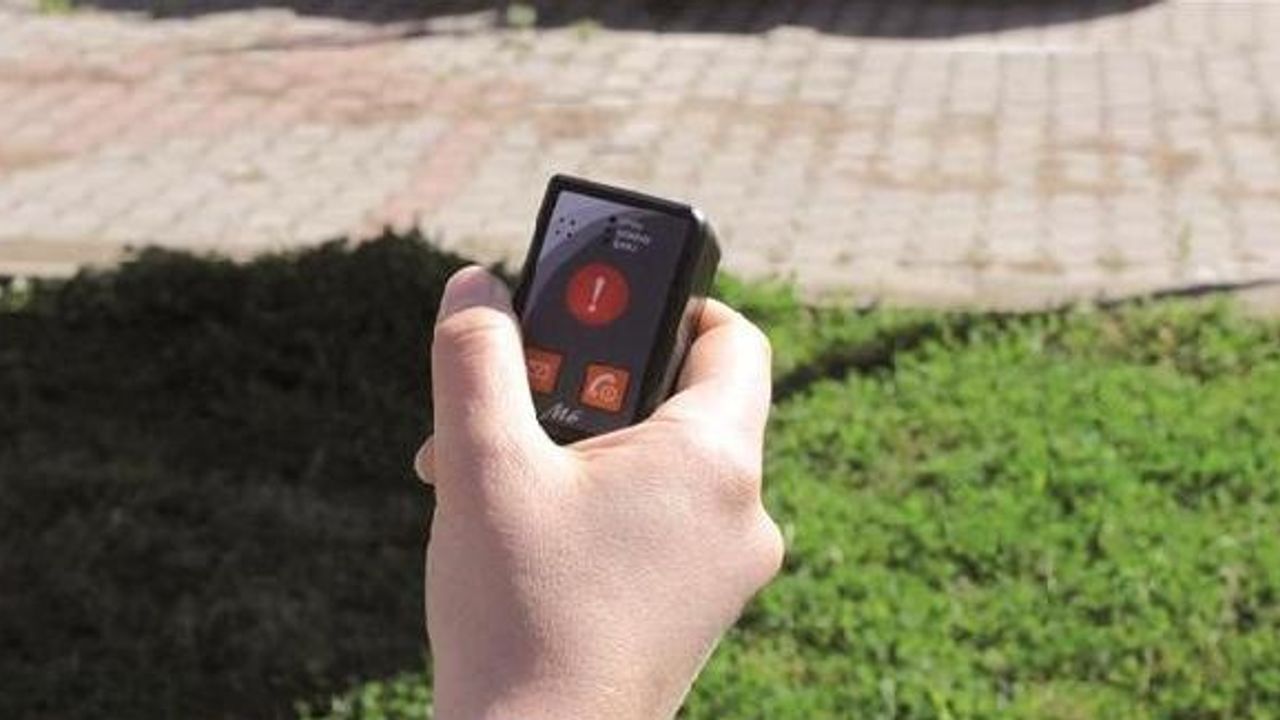ISTANBUL, January 28 () - The Turkish Security General Directorate has stated in a report presented to the parliamentary commission on violence against women that the pilot “panic button" project - which aims to save individuals, mostly women, from being a victim of violence - has not achieved its aims.
“A woman in Bursa was wounded with a knife by her husband, despite the fact that she had pushed the panic button, because her location was not spotted on the map,” said the directorate in the report submitted to the parliamentary commission.
This is not the first time that authorities have confirmed the system, piloted since 2012, is not functioning correctly, as the Women’s Status General Directorate has also told the commission that the system is inefficient.
“The security button is used when the victim faces a dangerous situation but the efficiency of the security button practice is very low. The period of time from when the victim pushes the button until the police intervene in the incident is proof of that risk,” said the Security General Directorate.
Family and Social Policies Minister Ayşenur İslam acknowledged in 2014 that the system had failed to prevent violence against women.
“Electronic surveillance of the perpetrator, rather than of the victim, is a much better system. There is already a system for that in Turkey, a probation service under which the perpetrator is monitored and kept away from the victim. We want the same system to be applied in cases of violence against women,” İslam said on Oct. 30, 2014.
The pilot "panic button" project was initiated in a number of areas in the southern province of Adana and the northwestern province of Bursa in mid-2012. The buttons allow women facing violence to contact the police with a single press. When the button is pressed, the victim's location is transferred to the 155 Police Line through GPS technology, utilizing a private GSM operator SIM Card. In Adana, 103 people were provided the panic button and 18 of them are still using the device. In Bursa, 112 people were given the device and a total of 43 of them are still using it.
(PHOTO)




















